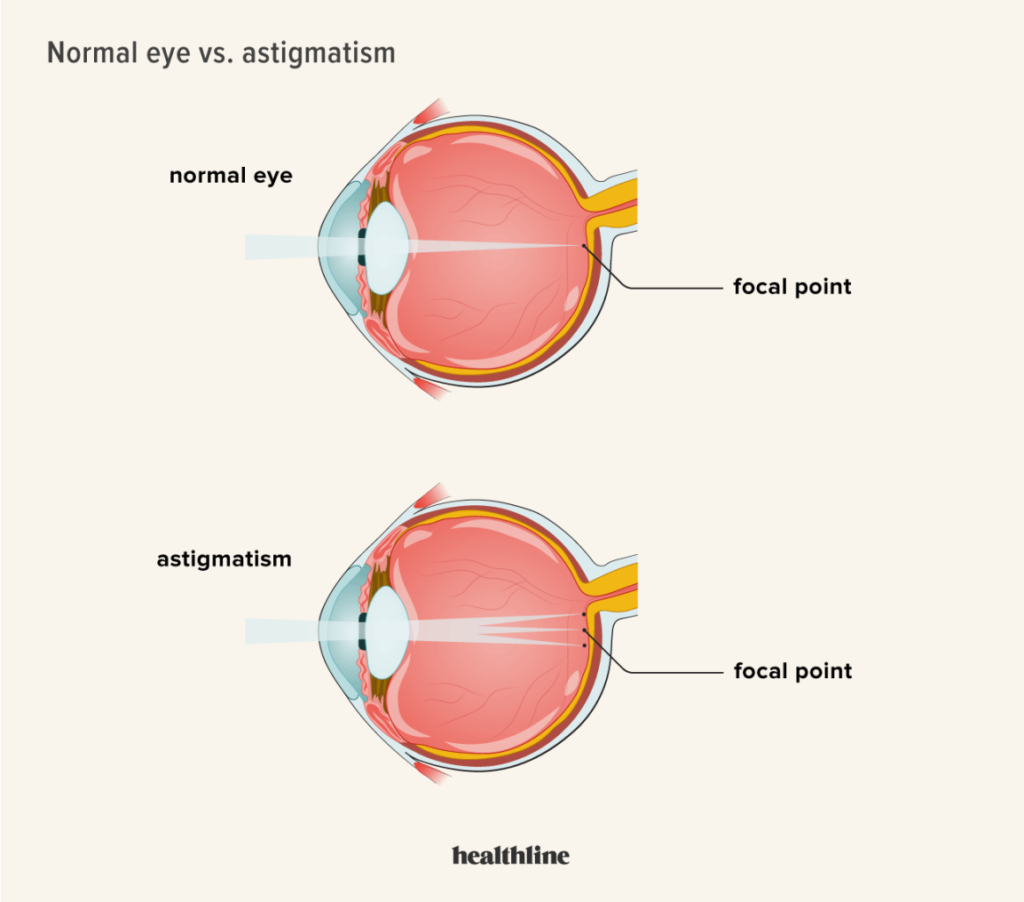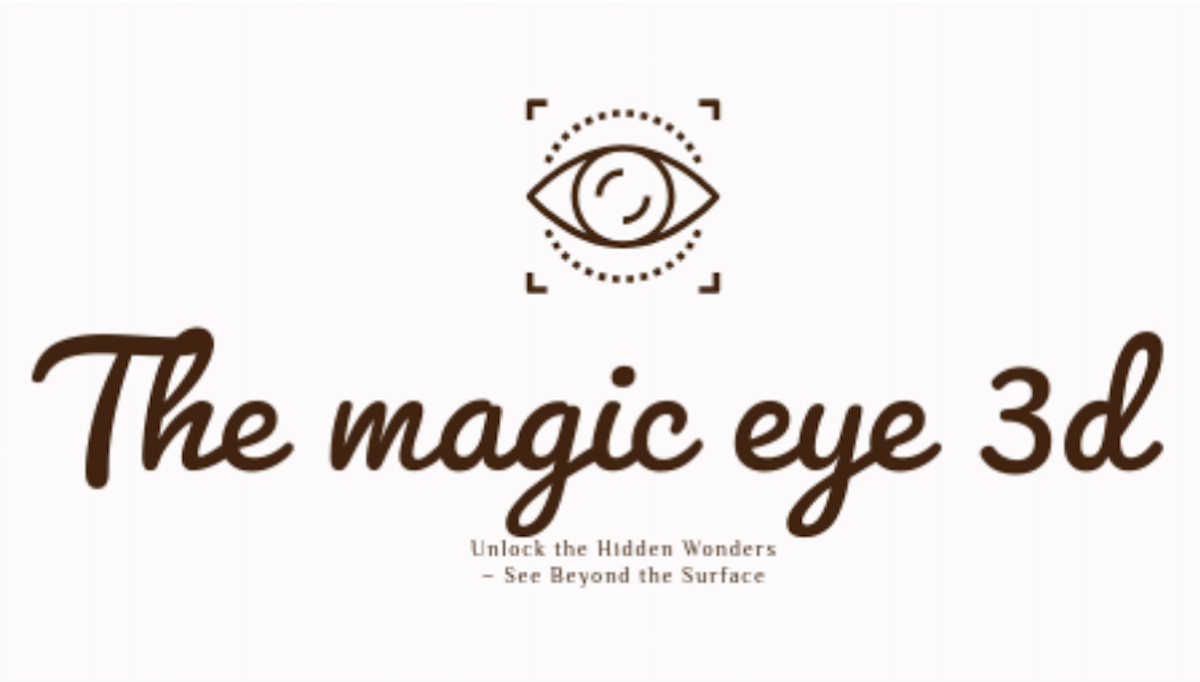Stereograms are fascinating visual art pieces that trick your brain into seeing 3D images hidden within a 2D pattern. But for people with certain vision conditions like astigmatism, unlocking these hidden images can be frustrating or even impossible. If you’ve ever found yourself staring at a stereogram wondering what’s going on, your eyes might be playing tricks on you—but not in the usual way!

What Are Stereograms?
Stereograms are a type of optical illusion designed to create the visual perception of a three-dimensional (3D) scene from a two-dimensional image. They’re often called “Magic Eye” pictures because they seem to work like magic—you cross your eyes just the right way, and suddenly, a hidden 3D object appears.
These illusions work by presenting two slightly different images to each eye, simulating depth. When done correctly, your brain fuses these images and reveals a hidden object.
However, this relies heavily on your eyes being able to focus properly and work together in harmony. That’s where astigmatism can become a challenge.
What Is Astigmatism?
Astigmatism is a common vision condition caused by an irregularly shaped cornea or lens. Instead of being completely round like a basketball, the eye has more of a football shape. This leads to blurred or distorted vision and can make it hard for your eyes to focus light evenly.
There are two main types:
- Corneal astigmatism — caused by an irregularly shaped cornea.
- Lenticular astigmatism — caused by an irregular shape of the lens inside the eye.
Both types disrupt how light enters your eye, which makes it tough to perceive the subtle depth cues needed in stereograms.

How Astigmatism Affects Your Ability to See Stereograms
To view a stereogram successfully, your eyes must work together efficiently. Stereograms rely on binocular vision, or the ability of both your eyes to align and focus on an image at the same time. Astigmatism can interfere with this process in a few key ways:
- Blurred vision: The uneven curvature of the eye causes blurring, which makes it difficult to distinguish the fine details necessary for decoding a stereogram.
- Poor depth perception: Because the two eyes may not be aligned properly, the brain receives mismatched signals, reducing your ability to see depth.
- Eye strain: Your eyes may work harder to compensate, which can lead to fatigue and headaches after prolonged attempts to focus on the image.
For someone with significant astigmatism, these illusions may never reveal themselves unless corrective action is taken.
Can You Still Enjoy Stereograms With Astigmatism?
Good news: having astigmatism doesn’t mean you’re completely shut out from enjoying stereograms. Here are a few steps you can take to improve your chances:
- Wear prescription glasses or contacts: Corrective lenses specifically designed for astigmatism can significantly improve your visual clarity and focus. If you’re trying to view a stereogram, be sure to wear your updated prescription.
- Choose high-contrast stereograms: Some stereograms are easier to decode than others. Look for images with strong contrast and cleaner patterns—these are often more readable even with mild vision issues.
- Practice eye exercises: While not a cure, some people find that practicing eye coordination exercises can help with stereogram viewing. These exercises can help your eyes learn how to adjust focus and alignment.
- Zoom in or out: Sometimes changing your distance from the image can help your eyes find the proper focal point. Try moving closer or further away to see if the trick works.
Remember, patience is key. Stereograms often take time to “click,” even for people with perfect vision.
When to Talk to an Eye Doctor
If you frequently struggle with 3D images or find it hard to focus on detailed visuals, it’s worth visiting an optometrist. A simple eye exam can determine whether you have astigmatism or another vision condition that may affect your experience with stereograms and other optical illusions.
Not only will this help you enjoy fun tricks like stereograms, but healthy vision is also essential in artistic fields like photography, graphic design, and visual storytelling.

Final Thoughts
Stereograms are a fun and creative way to experience 3D visuals without any special equipment. However, if you have astigmatism, unlocking the magic may require a bit more effort—or even some corrective help.
Understanding your visual limitations is the first step toward solving them. Whether you’re a photographer looking to explore the world of optical illusions or just someone who enjoys this visual art form, keeping your eye health in check is essential.
So next time a stereogram stumps you, don’t get discouraged. With a little knowledge and the right tools, you might just find that hidden image after all!


Excellent overview